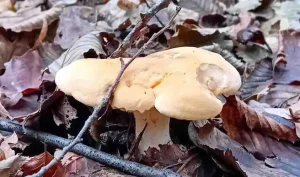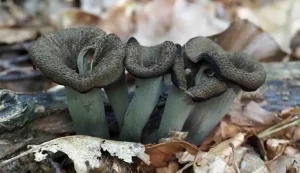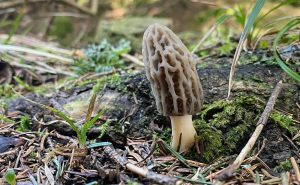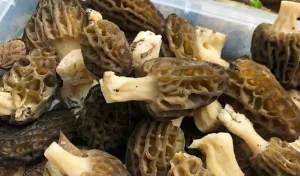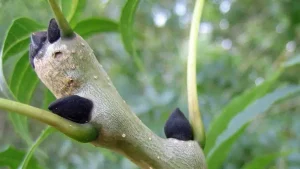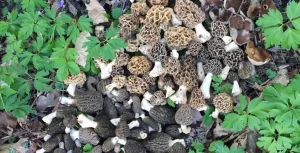Where to find golden chanterelles becomes a captivating quest for many foragers, blending the allure of treasure hunting with the richness of nature’s bounty.
Drawing on comprehensive insights from across the United States, including Oregon, Washington, Ontario, California, and Colorado, this guide aims to equip foragers with essential knowledge.
Understanding the preferred habitats of these prized fungi, recognizing the prime foraging seasons, and committing to sustainable practices are foundational elements for successful chanterelle harvesting.”

Recognizing the Chanterelle
Chanterelles, especially the golden chanterelle (Cantharellus cibarius), are distinguishable by their vibrant yellow hue, trumpet-like shape, and fruity aroma reminiscent of apricots.
These mushrooms typically measure 3 to 4 inches in height, featuring a cap that mirrors the stem’s color, ranging from white to yellowish.
Ideal Habitats and Associated Trees
Chanterelles thrive in both deciduous and coniferous forests, often forming symbiotic relationships with the roots of trees like oaks, pines, birches, chestnuts, beech trees, spruce, and silver fir.
These mushrooms favor acidic to very acidic soils, which are often indicated by the presence of acid-loving plants such as ferns.
Foraging Seasons Across Regions
The chanterelle season spans from late spring to early autumn, with fluctuations based on regional climates. Conditions that combine moisture and mild temperatures following rainfall provide an ideal environment for chanterelles to flourish.
In certain areas, such as Minnesota, the season begins in late June and extends into October, while in California and the Pacific Northwest, it starts in fall and continues into spring.
Sustainable Foraging Practices
Sustainable harvesting is crucial to ensure the longevity of chanterelle populations. This includes leaving behind a portion of mushrooms to complete their life cycle and release spores, as well as carrying harvested mushrooms in mesh bags or woven baskets to help disperse spores as you move through the forest.
Safety and Identifying Lookalikes
While chanterelles are among the safer mushrooms to identify, due diligence is necessary to avoid confusing them with toxic lookalikes such as the false chanterelle or the jack-o’-lantern mushroom.
Familiarizing yourself with their distinctive features—such as gill structure, color, and scent—is essential for a safe foraging experience.
In conclusion, the search for chanterelles is not only an opportunity to immerse yourself in the beauty of nature but also a chance to practice mindfulness and respect for the environment.
By understanding the nuances of where and how these mushrooms grow, you can enhance your foraging skills and enjoy the bounty of the forest responsibly. Happy foraging!
